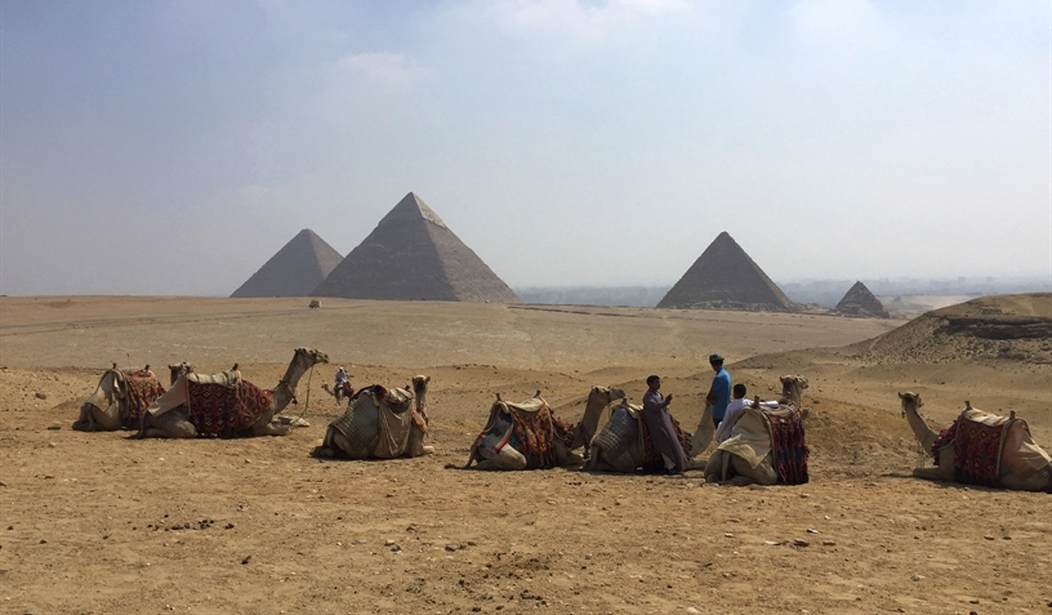Perhaps the reason there are so many “conspiracy theories” is because individuals are seeking to explain phenomena that they find difficult to understand or accept. The tide of homelessness, the perceived betrayal of the institutions etc. are like Egyptian pyramids risen suddenly on the plain. Conspiracy requires two essential ingredients to exist: mystery and mistrust. If you see a familiar kind of deer in the woods it doesn’t set your mind churning. But if you see something you never saw before — or didn’t even think possible — when no existing theory of causation seems to fit, then you get to thinking up new ones.
Mistrust has been rising for a long time. A UN study found that “In the United States, trust in the national government has declined from 73 per cent in 1958 to 24 per cent in 2021. Western Europe has seen a similar steady decline in public trust since the 1970s. However current European levels of trust are not as low as in the United States.” Social mistrust is often correlated with hard times. Economic decline reduces confidence in institutions; lower confidence reduces the public’s participation in those very same institutions and the downward spiral continues. Once mistrust starts, it keeps going.
It’s fair to say that the “conspiracy theories” go both ways. Many Democrats think Republicans are working for the Russians. And didn’t you know?
Nixon: Sabotaged the Vietnam War peace talks to win in 1968.
Reagan: Encouraged Iran to hold on to US hostages to win in 1980.
Trump: Aided and abetted Putin’s covert attack on the US election to win in 2016.
This kind of thinking is understandable for exactly the same reasons of mystery and mistrust. The Democrats remember the good old days of FDR’s fireside chats, or the times when Walter Cronkite could say something and everyone would believe him. The present mistrust of the media, in this context, fills them with incredulity. To progressives, seeing Donald Trump in the Oval Office is like seeing a bipedal cryptid, nine feet tall and crowned with horns, in the woodlot behind your house. None of the regular explanations fit; they had to make up a new one. It must be the Nazis. It must be the Russians.
It must be the Other. Both sides are now bristling with extreme explanations.
But in a manner of speaking the rise of conspiracies mean that the current paradigm is now inadequate, because the Internet and social media explosion has created observables that can’t be explained away in the old manner any more. Just as the invention of telescopes revealed moons orbiting other planets, what were once far-fetched ideas have to be incorporated into a new political orthodoxy, to reconcile them with the facts. They will eventually be resolved.
Going forward there are likely to be three kinds of conspiracies history must deal with: 1) the cons, 2) the heresies that turn out to be wrong and 3) the heresies that turn out to be right. The way to spot the “cons” is to follow the money. From this point of view it is actually climate change ironically that looks most vulnerable. Heresies that turn out to be wrong tend to get empirically weaker over time, while heresies that are ultimately right become gradually more accepted. The lab leak Covid origin theory may prove an example of a conspiracy that eventually proves true.
What used to be called “conspiracy theories” now characterize the way left/right, democrat/republican sides routinely regard each other. What’s worrisome is that both sides have hung up the phone. In a sense nobody cares about fixing the model any more, just getting even. And in the silence each side is thinking: “I tried, really tried to be reasonable. Gave you the chance to say sorry and you didn’t. Was even willing to include some of your points in the plan. I really tried. What happens next is your effin fault. Die MF. Die.”
Books: Against the Great Reset: Eighteen Theses Contra the New World Order Kindle Edition by Michael Walsh (editor). In this timely and necessary book, Michael Walsh has gathered trenchant critical perspectives on the Great Reset from eighteen eminent writers and journalists from around the world. Though I wouldn’t exactly consider myself an eminent writer, mine is one of the 18 chapters in this book, and I think it’s worthwhile.
Tennozan: The Battle of Okinawa and the Atomic Bomb by George Feifer.
Twilight of the Gods: War in the Western Pacific, 1944-1945 by Ian W. Toll.
Year Zero: A History of 1945 by Ian Buruma.










Join the conversation as a VIP Member